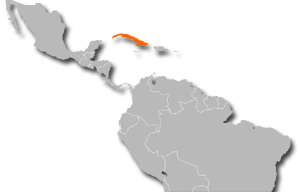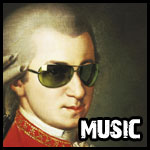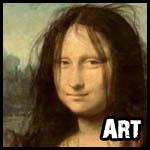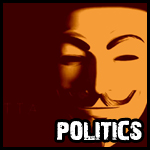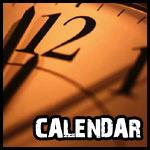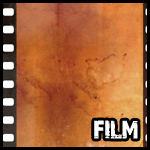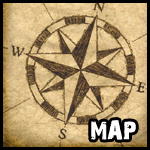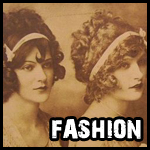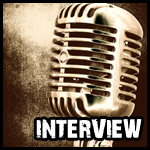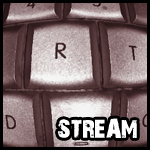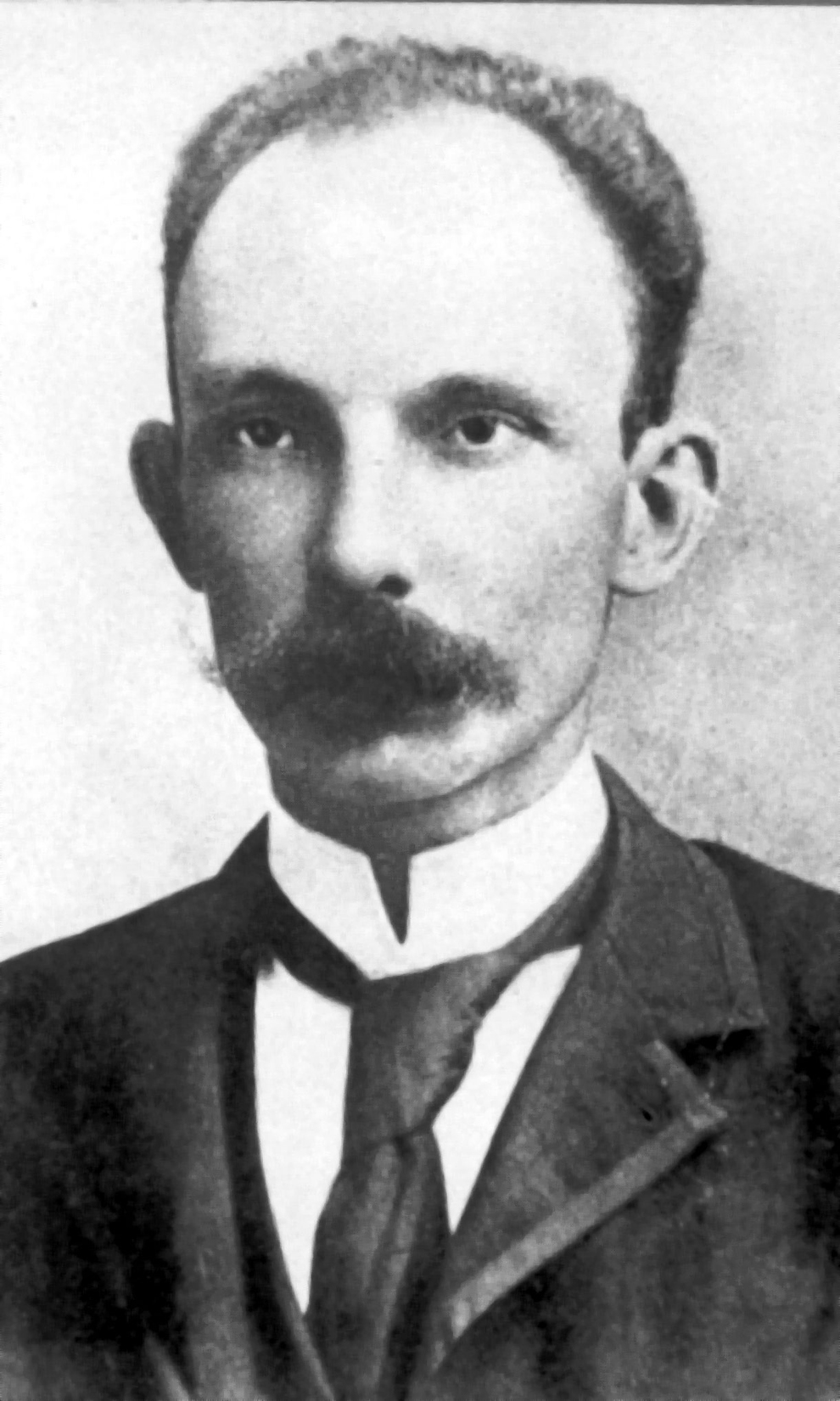
Jose Julian Marti Perez is one of the few men in history who is hailed as a hero in both America and Cuba today. The martyred Apostle of Cuban Independence was shot and killed in Cuba at the Battle of Dos Rios on May 19, 1895 while battling with Spanish forces.
Almost four hundred years had passed since Columbus and de Leon were island hopping around the Caribbean. Now several generations of Spaniards had been born in Cuba and considered themselves Cubans before Spaniards. The sense of a national identity in Cuba had emerged. As new wealth (the Peninsulares) arrived in Cuba, the Criolles as they were now referred to, were not happy that much of the money being generated on the island was actually not staying on the island (this still happens to this day on many Caribbean islands). Ninety percent of Cuban wealth was being shipped back to Spain and the inhabitants themselves were not sharing in many of the spoils.
By mid to late 1800s almost all of Latin America had overthrown their Spanish oppressors and created their own independent states. Cuba was one of the few exceptions because they relied so heavily on Spain for protection from everything from pirates to the United States, whose quick rise to power unnerved much of the new world.
For centuries, Spain was able to easily stomp out any rebellions that had bubbled up in Cuba but beginning in 1868, three separate uprisings - The Ten Years' War (1868 - 1878), The Little War (1879 - 1880), and the finally the Cuban War of Independence (1895 - 1898) would lead Cuba to sovereignty.
The Ten Years' War was the first standoff between the Criollos and Peninsulares. The Criolles were led by anti-colonist Carlos Manuel de Cespedes whose goals were to achieve independence from Spain and to abolish slavery. A Cuban-born teenage writer named Jose Julian Marti Perez was one of Cespedes' biggest fans and before long he was arrested for treason and later deported to Spain in hopes that the lad could be rehabilitated.
His time in Spain was spent in attending universities but still fixating and writing about Cuban independence and atrocities by the Spanish in Cuba. Upon graduation he would travel to Central America with the hopes of one day returning to Cuba where he was no longer welcome.
In 1878, Marti finally returned to Cuba but was kept on a tight leash.
For more than a decade, Marti would travel abroad and he would also continue as a prolific writer with an obsession of one day seeing a liberated Cuba. His travels to the United States in 1891 gave his life's work finally got traction when he visited New York and Tampa's influential Cuban communities only to receive support for his intentions of overthrowing Spain in Cuba by means of an armed revolution.
The success of his Tampa visit caught the attention of America's richest exiled Cuban community, Key West. Both Tampa and Key West still shared a connection with Cuba's legendary tobacco industry. As Marti stepped off a ferry in Key West on Christmas Day 1891, he was greeted by a cheering crowd waving the yet recognized Cuban flag with a marching band to boot.
On January 3, 1892, he is invited to Key West's San Carlos Institute where he delivers an historic speech that unites Key West's politically divided Cuban community. Two days later, the tenets of the Bases del Partido Revolucionario (Basis of the Cuban Revolutionary Party) were signed along with representatives from New York and Tampa who had accompanied him on the trip.
Marti would spend the next three years plotting an on April 12, 1895, Jose Marti and Maximo Gomez, a veteran of the Ten Years' War, landed in Cuba thus initiating the War of Independence.
Though Marti was probably Cuba's leading scholar and one of the country's finest intellects, his pen was mightier than his sword. He had little to no active duty resume and after only six weeks into the conflict he would lead an ill conceived two man charge into enemy lines where he was instantly killed.
Jose Marti would never live to see a liberated Cuba.
Today in Santiago de Cuba, at the Cementerio Santa Ifigenia, lies Jose Marti whose embalmed body is on display.
(c) 2016 Motherlode.TV
|

